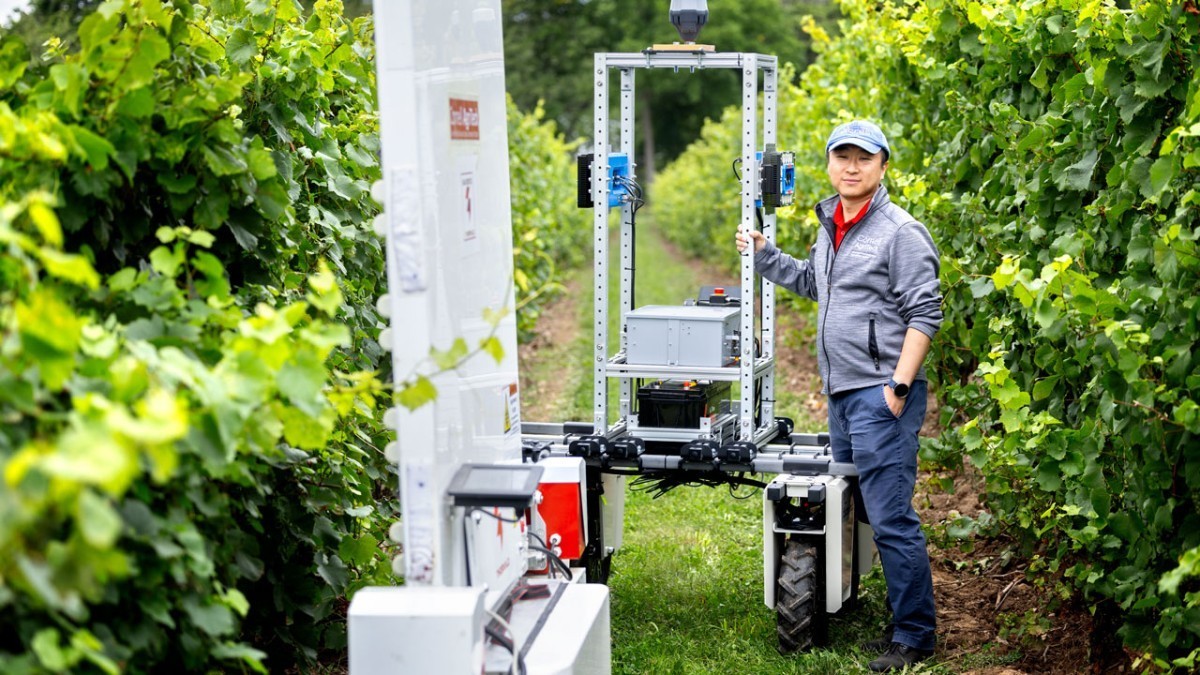
|
The Cornell AgriTech Research Center from the USA has developed an autonomous robot called "PhytoPatholoBot." This robot uses imaging technology to detect downy and powdery mildew as well as leafroll disease (Grapevine Leafroll Disease) in vines at an early stage. This method allows for timely control of pathogens without the need for manual identification.
The PhytoPatholoBot provides a constant and high-quality image and has autonomous navigation with GPS. The bot provides an assessment per vine row with red areas indicating higher infection and white areas indicating lower infection. In combination with Artificial Intelligence (AI), the robot can deliver near real-time conclusions about diseases. Winemakers can thus focus on the plants that are most affected.
Additionally, the data collected by the robots are intended to validate NASA satellite data, so that in the future vine diseases can also be recognized from space. NASA and Cornell AgriTech are collaborating on numerous projects to utilize satellite and robotics technologies in agriculture.
At the "Space for Ag Tour" event last week, dialogue was encouraged among researchers, farmers, and NASA to improve Earth observation satellites and instruments for specialty crop cultivation. Katie Gold, the event organizer and an expert in applied vine pathology at Cornell AgriTech, emphasized the enormous potential of satellite data for specialty crops.
Another research project focuses on monitoring plant water consumption through remote sensing. This aims to develop sustainable irrigation strategies in vineyards. An instrument developed by Cornell measures water loss through evaporation and transpiration and validates it with NASA satellite data.
(ru / Cornell University)